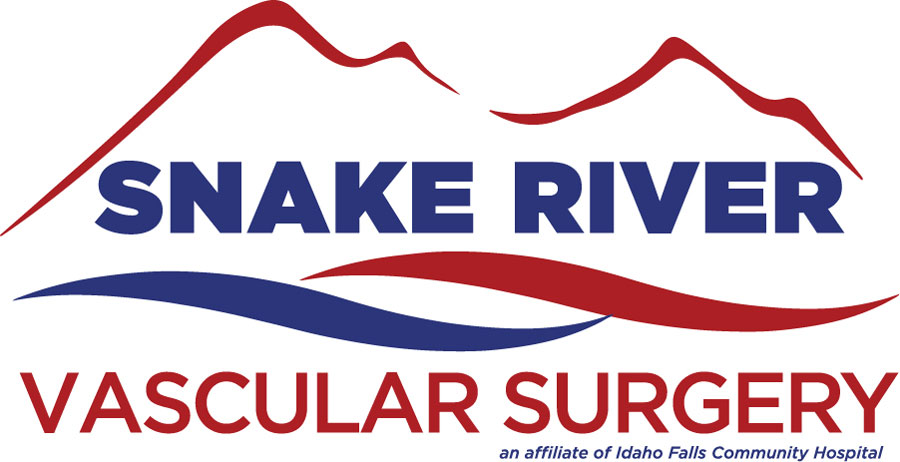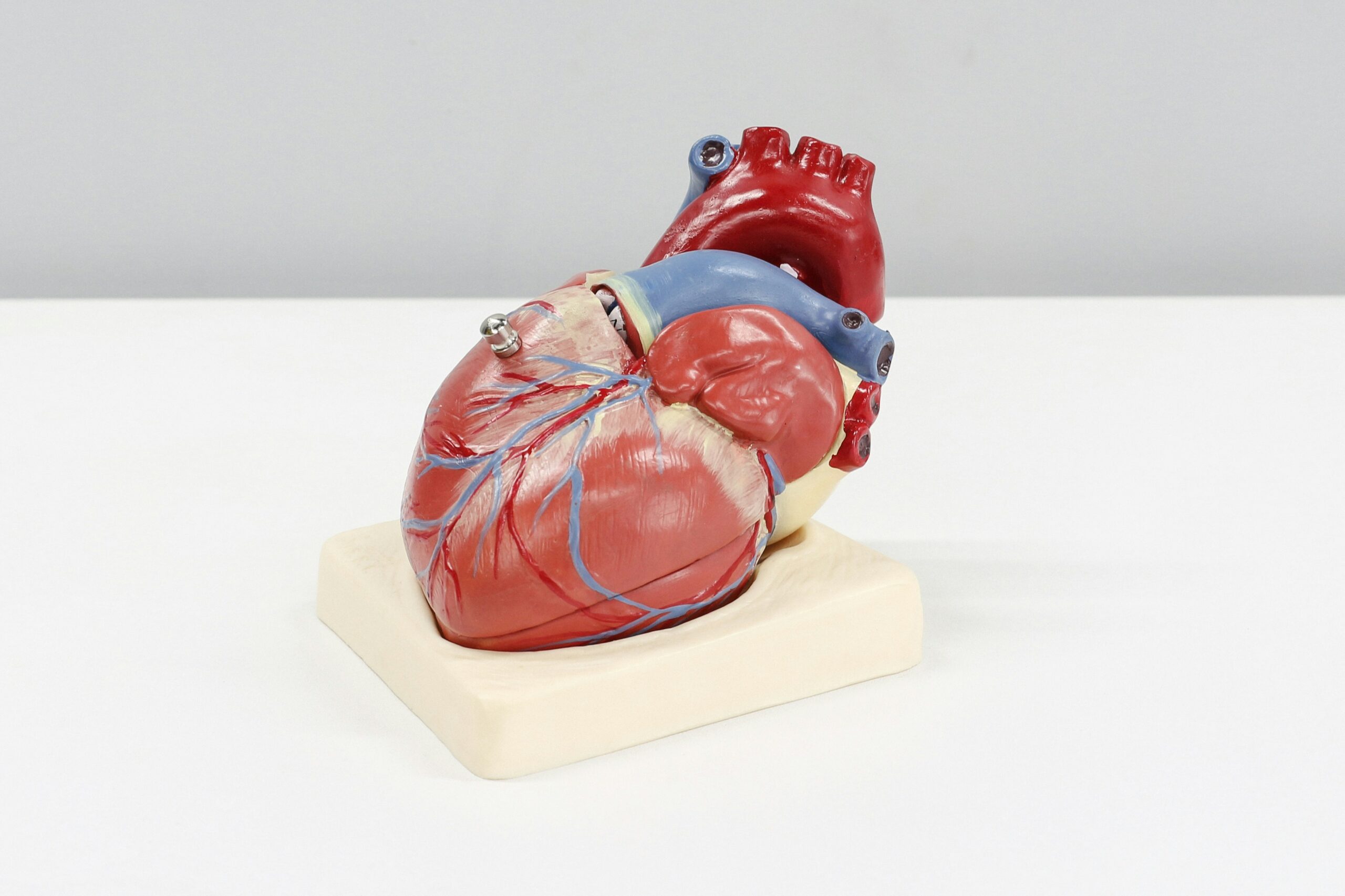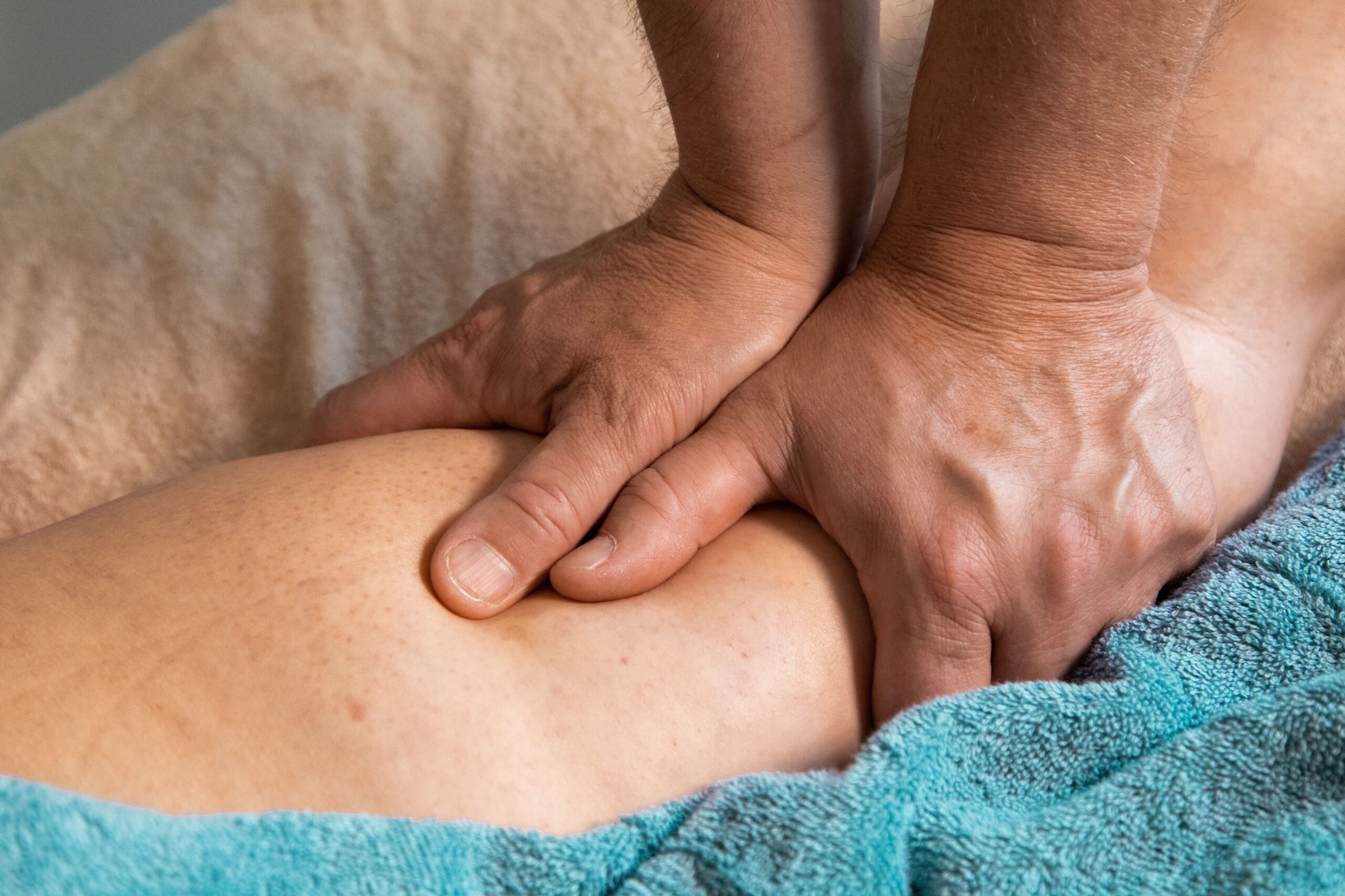The circulatory system, a complex network of veins and arteries, serves as the lifeblood of our bodies, ensuring the delivery of oxygen and nutrients while facilitating the removal of waste products. However, this complex system is not immune to disruptions, and when venous diseases arise, they can have a significant impact on an individual’s health and well-being. In this comprehensive exploration, we dive into the details of venous disease, containing its types, causes, symptoms, and the array of available treatments. Whether you’re a healthcare professional, a patient, or someone looking to understand more about venous health, we’re here to guide you on your journey.
Understanding the Landscape of Venous Disease
Types of Venous Diseases
Venous diseases includes a diverse range of conditions that affect the veins, each with its own set of characteristics and implications. Among the most common types are:
- Varicose Veins: These enlarged, twisted veins are often visible beneath the skin, most commonly occurring in the legs. Varicose veins can result from weakened valves, leading to blood pooling and increased pressure within the veins.
- Deep Vein Thrombosis (DVT): DVT involves the formation of blood clots within deep veins, typically occurring in the legs. If left untreated, these clots can travel to the lungs, causing a potentially life-threatening condition known as pulmonary embolism.
- Chronic Venous Insufficiency (CVI): CVI arises when the valves in the veins are damaged or weakened, leading to inadequate blood flow from the legs to the heart. This condition can result in symptoms such as swelling, skin changes, and venous ulcers.
Causes and Risk Factors
Venous diseases often develop as a result of a combination of genetic, lifestyle, and environmental factors. Understanding these causes is crucial for both prevention and effective management. Common contributors include:
- Genetics: A family history of venous diseases can increase an individual’s predisposition to developing similar conditions.
- Age: The risk of venous diseases tends to rise with age as the veins lose elasticity and become more susceptible to damage.
- Prolonged Sitting or Standing: Occupations or lifestyles that involve extended periods of sitting or standing can contribute to venous issues due to increased pressure on the veins.
- Obesity: Excess weight can exert additional strain on the veins, potentially leading to the development of varicose veins or other venous conditions.
- Pregnancy: Physiological changes during pregnancy, such as increased blood volume and hormonal fluctuations, can contribute to the development of varicose veins.
- Previous Blood Clots: Individuals with a history of blood clots may be at a higher risk of developing conditions such as DVT.
Common Venous Diseases in Detail
Let’s dive deeper into the specifics of each common venous disease:
-
Varicose Veins:
- Symptoms: Visible, twisted veins beneath the skin, aching or discomfort in the affected area, and swelling, especially after prolonged periods of sitting or standing.
- Causes: Weakened valves, leading to the backward flow of blood and increased pressure in the veins.
-
Deep Vein Thrombosis (DVT):
- Symptoms: Swelling, pain, or tenderness, typically in one leg, warmth and redness in the affected area, and unexplained leg fatigue or heaviness.
- Causes: Formation of blood clots within deep veins, often associated with factors like immobility, surgery, or genetic predisposition.
-
Chronic Venous Insufficiency (CVI):
- Symptoms: Swelling in the legs or ankles, pain or aching, especially after prolonged periods of standing, and skin changes such as discoloration or the development of varicose veins.
Recognizing the Symptoms
Understanding the symptoms associated with venous diseases is crucial for early detection and intervention. Let’s explore the key signs linked to each condition:
Varicose Veins:
- Visible, twisted veins beneath the skin.
- Aching or discomfort in the affected area.
- Swelling, especially after prolonged periods of sitting or standing.
Deep Vein Thrombosis (DVT):
- Swelling, pain, or tenderness, often in one leg.
- Warmth and redness in the affected area.
- Unexplained leg fatigue or heaviness.
Chronic Venous Insufficiency (CVI):
- Swelling in the legs or ankles.
- Pain or aching, especially after prolonged periods of standing.
- Skin changes, such as discoloration or the development of varicose veins.



